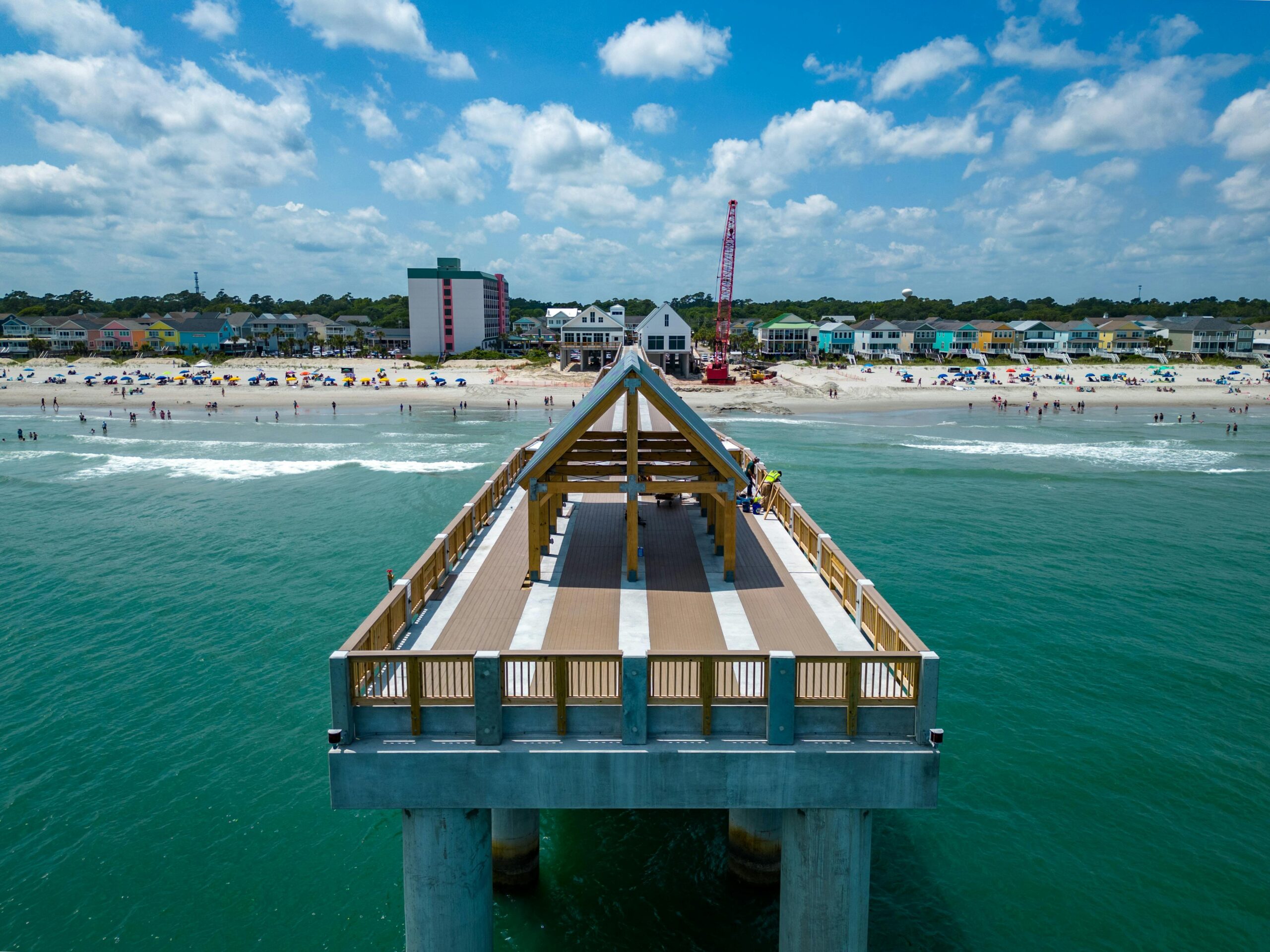The Colosseum is a remarkable structure that has stood the test of time and remains one of the most iconic landmarks in Rome, Italy. Built in the ancient world, this wonder of the world has been a symbol of entertainment, culture, and religion. In this article, we’ll explore the history, usage, current state, interesting facts, and the structure of the Colosseum.
History
The Colosseum is one of the wonders of the ancient world, located in the center of Rome, Italy. It is the largest building ever built in the Roman Empire. The construction of the Colosseum began in 72 AD under the emperor Vespasian and was fully completed in 80 AD under Titus. Some modifications were made during Domitian’s reign from 81 to 96.
Usage
The Colosseum was mainly used for gladiatorial contests and public spectacles like mock sea battles and dramas based on classical mythology. It was built solely for entertainment purposes.
Current State
Due to natural disasters such as earthquakes and stone robbers, the Colosseum was damaged in the 21st century. However, it is still considered an iconic symbol of imperial Rome and a popular tourist spot in Rome. It is a gift to Rome.
Interesting facts
The Colosseum is capable of seating 50,000 spectators. It has a close connection with the Roman Catholic Church, and each Good Friday, the pope leads a torch-lit procession in the Colosseum. The Colosseum’s original name in Latin was Amphitheatrum Flavium. The building was constructed by the emperors of the Flavin dynasty. The structure is better known as the Colosseum, and its name is believed to have derived from a colossal statue of Nero.
Structure
The Colosseum looks like a free-standing structure. It is 189 meters long and 156 meters wide, with a base area of 6 acres. The height of the outer wall is 48 meters, and the perimeter is 545 meters. The central arena is an oval of 87 meters long and 55 meters wide, surrounded by a 5-meter wall. The Colosseum can accommodate 87,000 people, but modern estimates put the figure at around 50 thousand.
Conclusion
The Colosseum has a rich history and remains a popular tourist spot in Rome. It is a testament to the ingenuity and architectural prowess of the ancient Romans. The Colosseum continues to inspire awe and wonder in people from all over the world, and it will always be a symbol of the grandeur and beauty of the Roman Empire.











